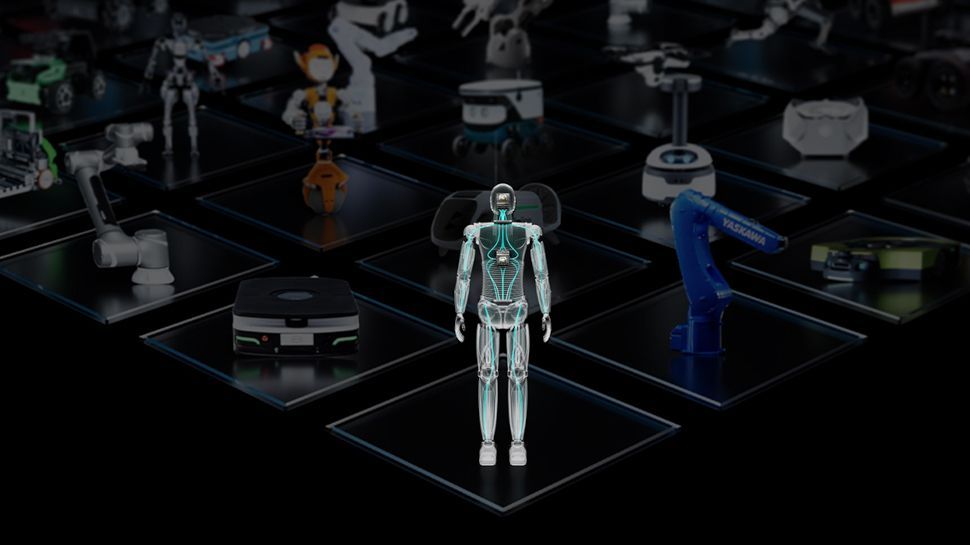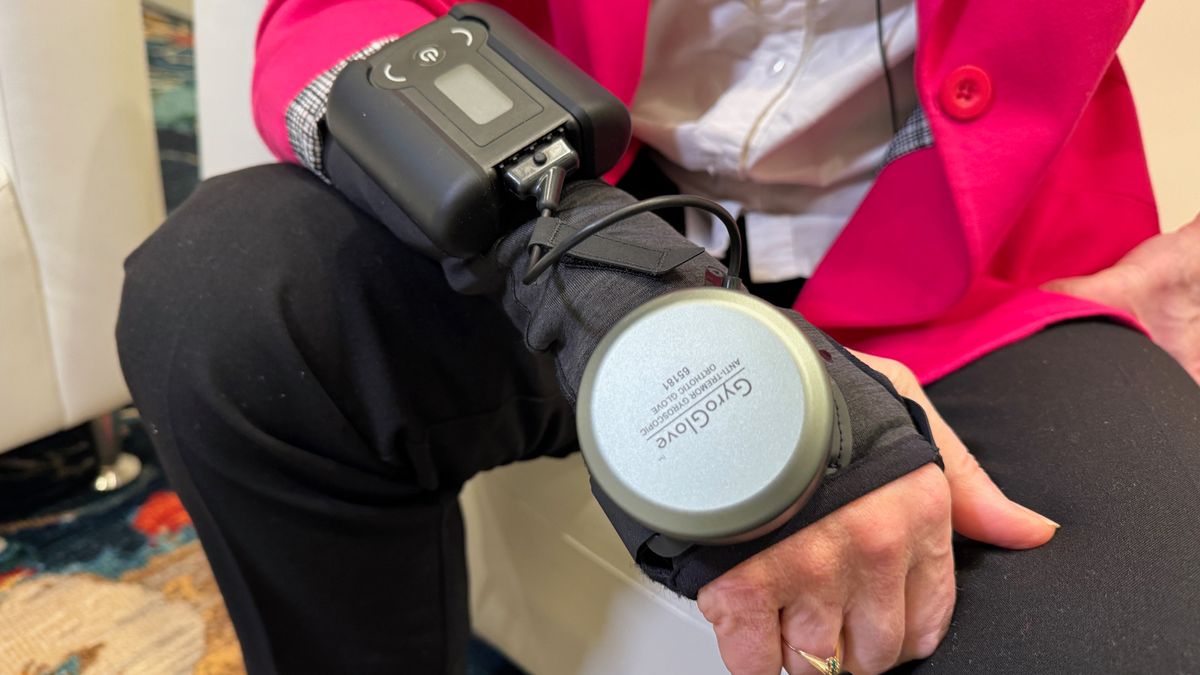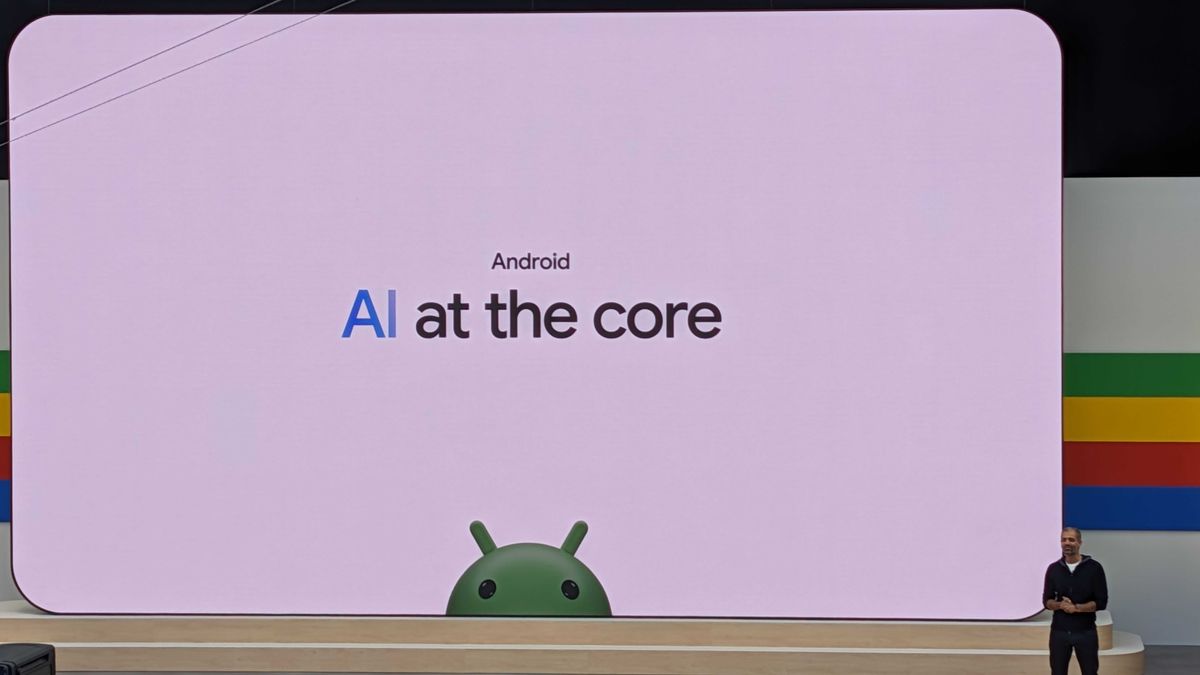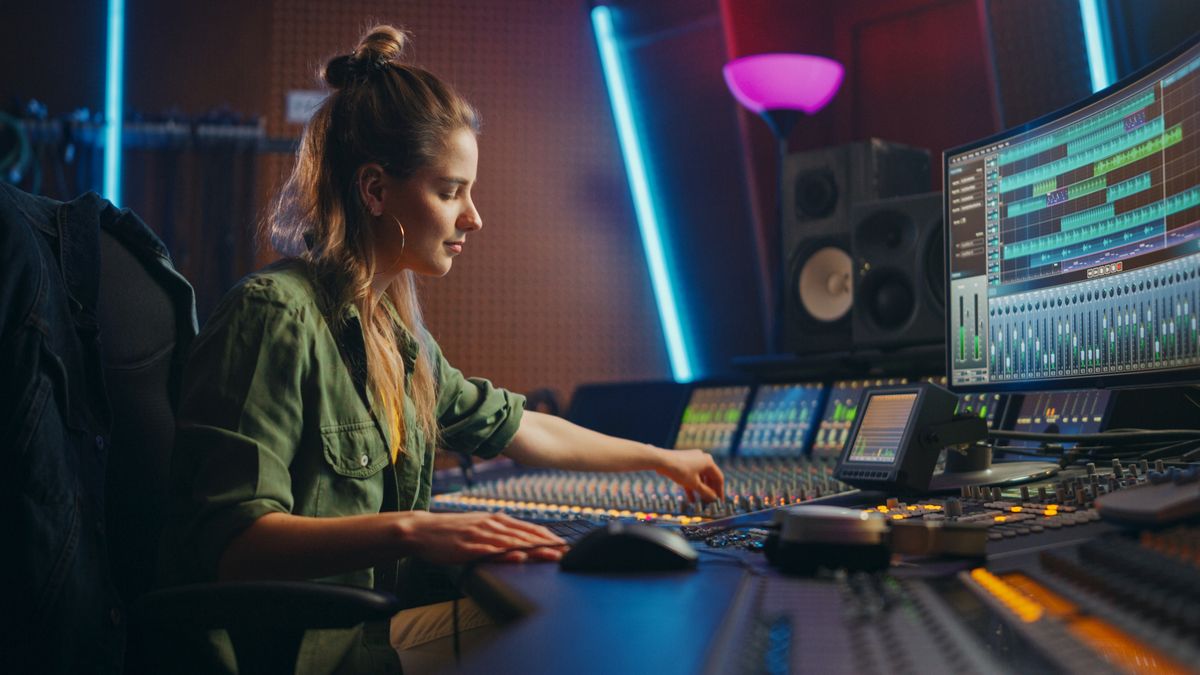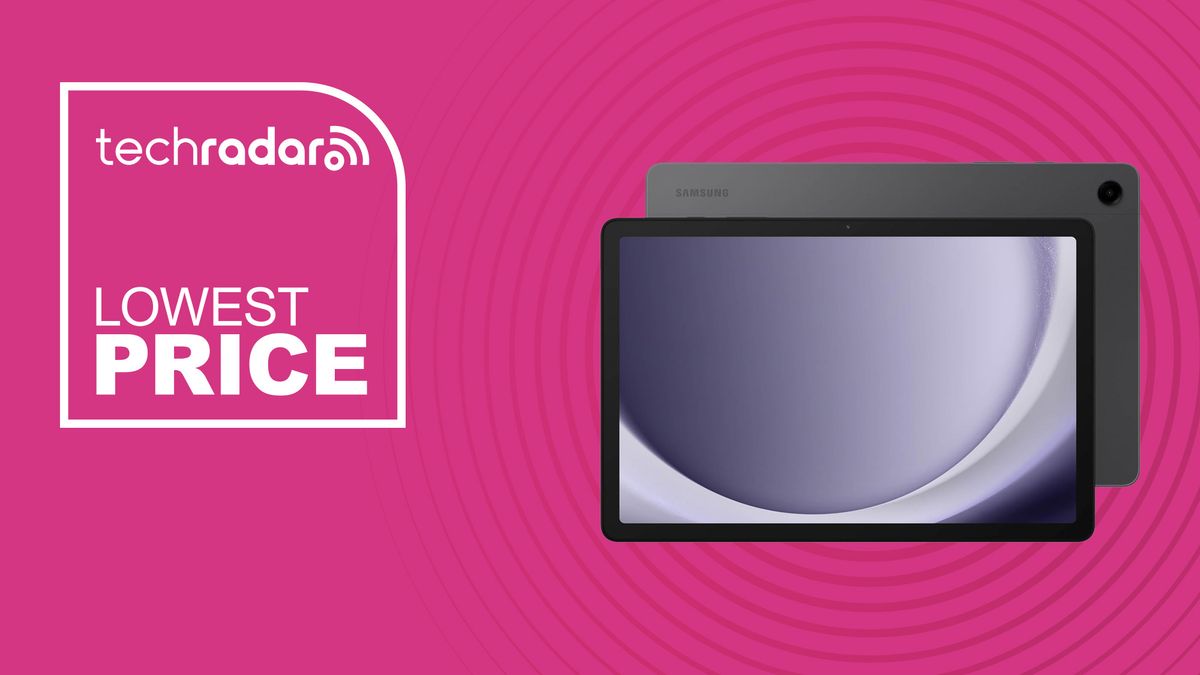The era of humanoid robots could be a significant step closer thanks to a new release from Nvidia.
The computer giant has announced the launch of Project GROOT, its new fundamental model aimed at helping the development of this type of robots in industrial use cases.
Revealed at Nvidia GTC 2024, the company says its new release will allow robots to be smarter and more functional than ever, and they will do so by observing humans.
Are we GROOT?
Announcing the launch of Project GROOT (which stands for “Generalist Robot Technology 00”) on stage at Nvidia GTC 2024, Jensen Huang, the company's founder and CEO, revealed that robots powered by the platform will be designed to understand natural language and emulate movements by observing human actions. .
This will allow them to quickly learn coordination, dexterity, and other skills to navigate, adapt, and interact with the real world, and definitely won't lead to a robot uprising at all.
Huang continued by showing a series of demonstrations in which robots powered by Project GROOT performed a series of tasks, from XXX, showing their possibilities.
“Building basic models for general humanoid robots is one of the most interesting problems to solve in AI today,” Huang said. “Enabling technologies are coming together for leading roboticists around the world to take giant steps towards artificial general robotics.”
The importance of Project GROOT was also highlighted by the fact that Nvidia has created a new computing system, Jetson Thor, designed specifically for humanoid robots.
The SoC includes a GPU based on the latest Nvidia Blackwell architecture, which includes a transformer engine capable of delivering 800 teraflops of AI performance, allowing them to run multi-modal generative AI models like GR00T.
The company also revealed updates to its Nvidia Isaac robotics platform, designed to make robotic arms smarter, more flexible and more efficient than ever, making them a much more attractive option for factories and industrial use cases around the world.
This includes new collections of pre-trained robotics models, libraries and reference hardware aimed at helping faster learning and greater efficiency.

